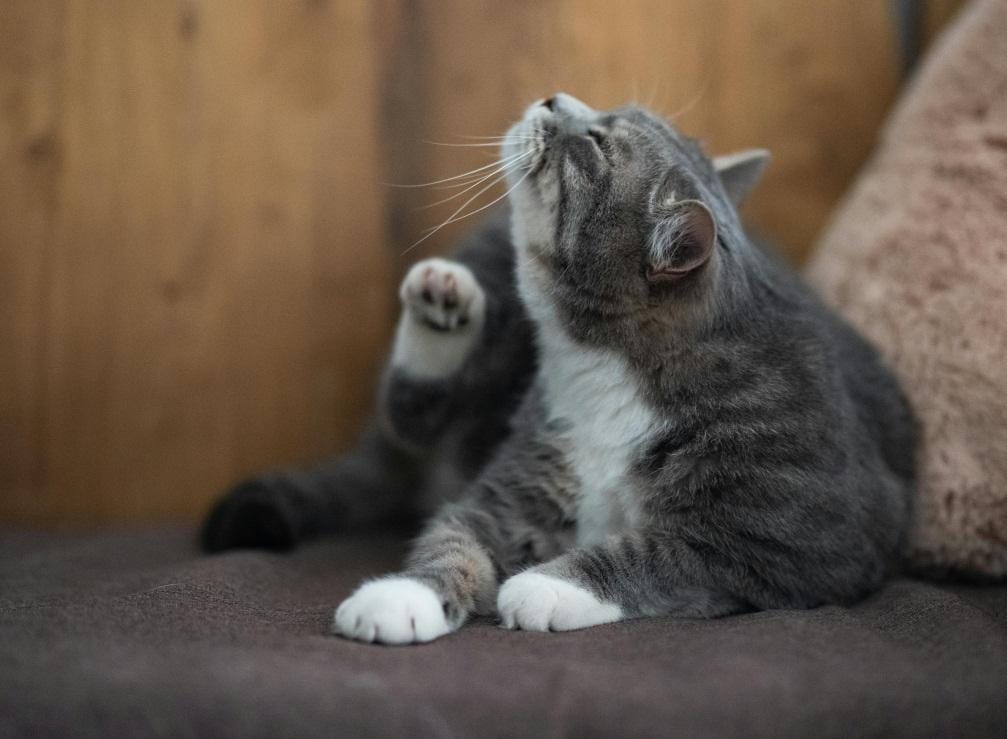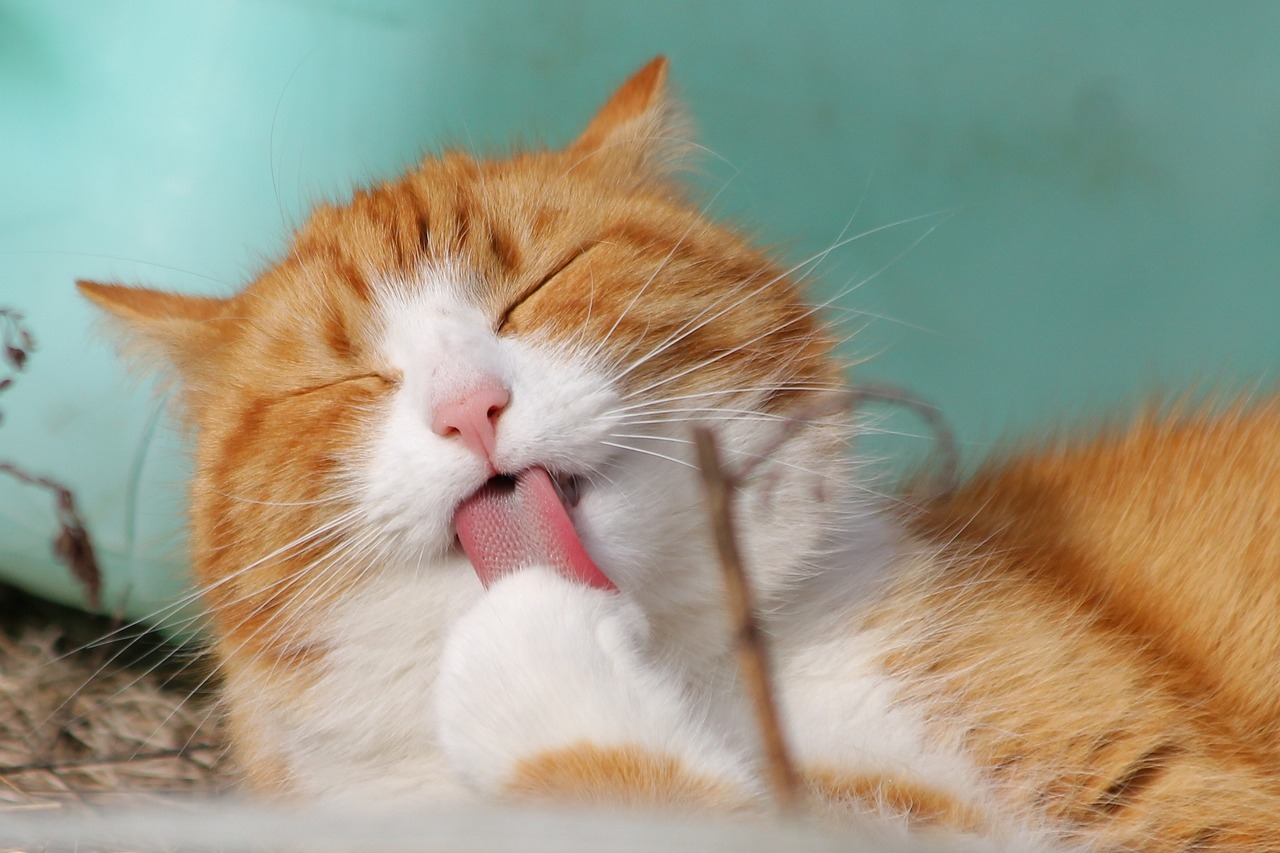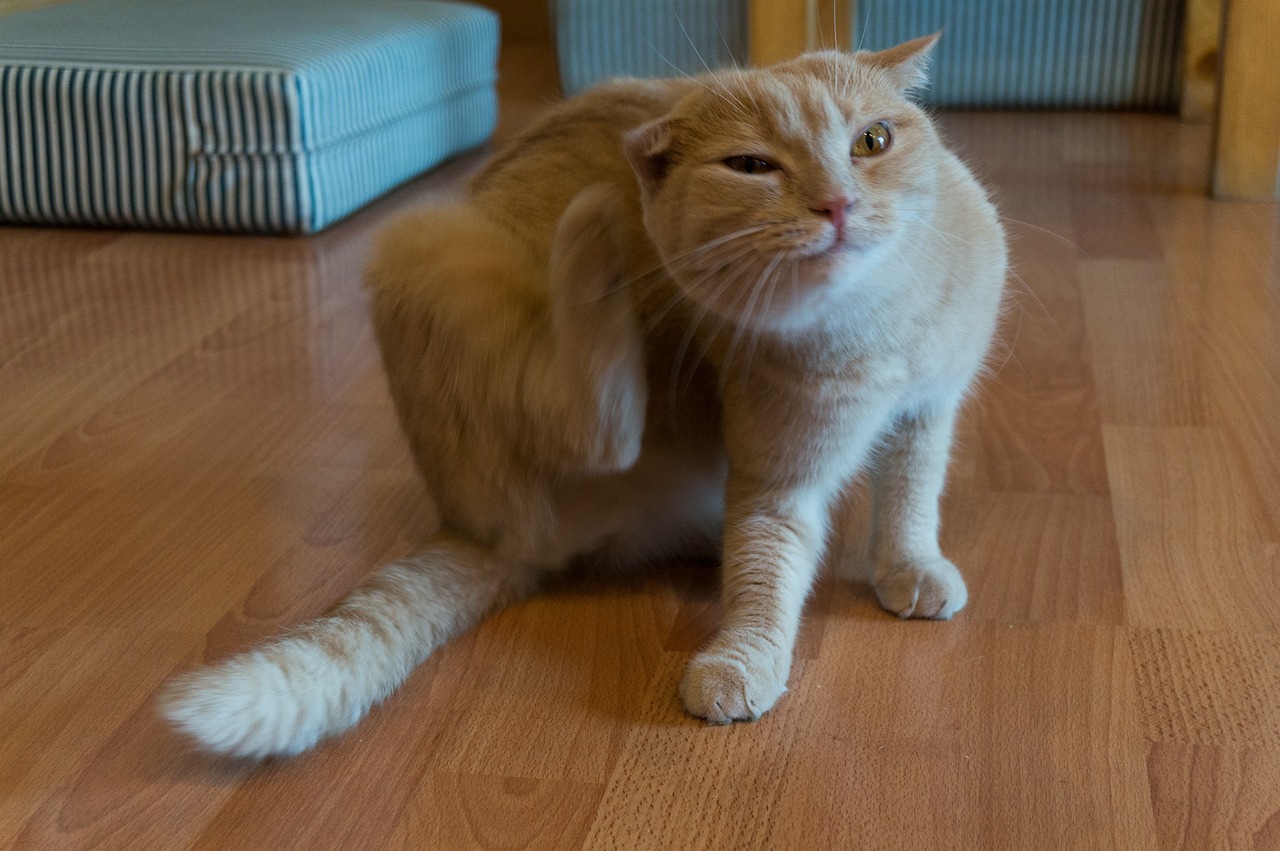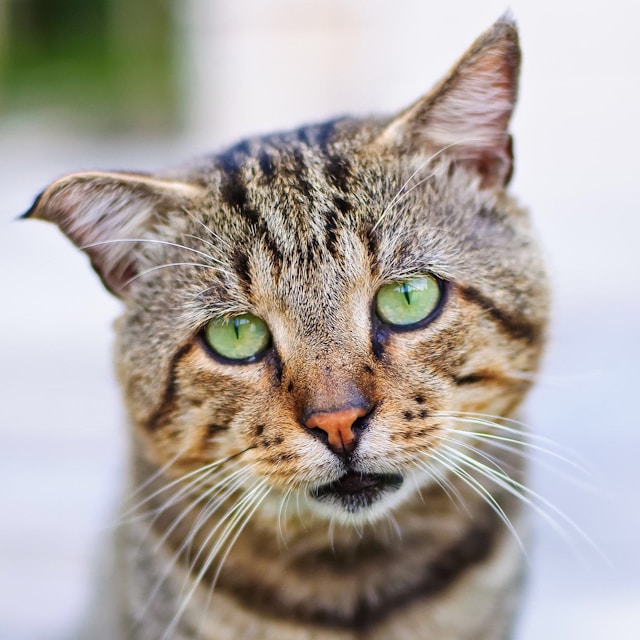Japanese Bobtail
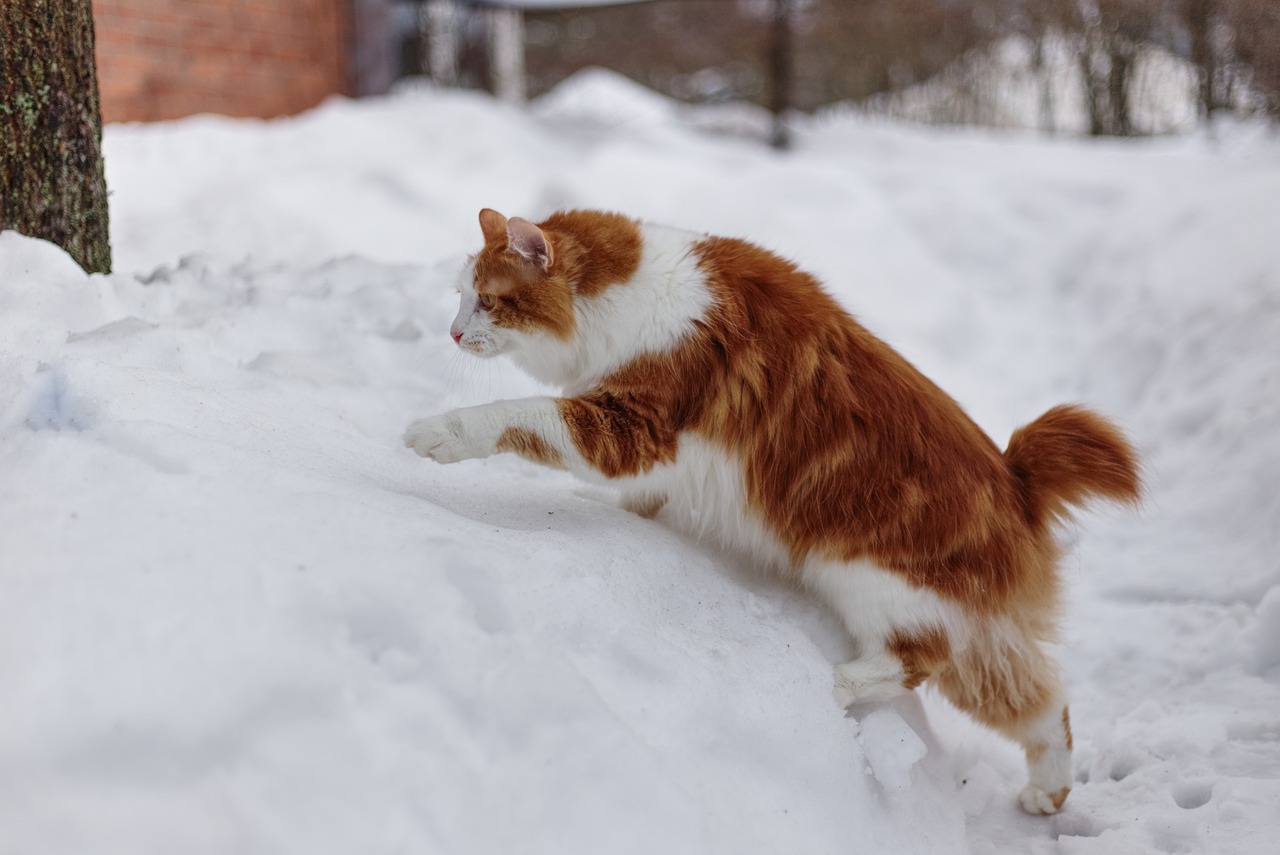
| OFFICIAL NAME | Japanese Bobtail |
| COMMON NAME | Japanese Bobtail |
| PET HEIGHT | 8 to 9 inches |
| PET WEIGHT | 6 to 10 pounds |
| LIFESPAN | 9 to 15 years |
| GOOD WITH | cats, children, dogs, families, seniors |
| TEMPERAMENT | affectionate, bold, sociable |
| INTELLIGENCE | high |
| SHEDDING AMOUNT | seasonal |
| PLAYFULNESS | high |
| ENERGY LEVEL | hyper |
| VOCAL LEVEL | frequent |
| COAT LENGTH | long, short |
| COLORS | black/ebony, blue/gray, chocolate/brown/sable, cream/beige/tan, lavender/silver, red/orange, white |
| PATTERNS | bi-color, calico / tri-color, solid, tabby |
| OTHER TRAITS | easy to groom, easy to train, friendly toward humans, friendly toward other pets, friendly toward strangers, good for first-time pet owners, high potential for weight gain, tolerates being picked up |
These cats are admired for their remarkable athleticism, friendly personality, and unique kinked tails. Despite their Japanese origins, their charisma has won people over everywhere.
Japanese Bobtails are energetic and love being a part of family events. They make excellent companions for homes with children because they get along well. In addition to being loving and attention-seeking, they shed little, are simple to maintain, and have exceptionally high intelligence.
Japanese Bobtail Appearance
The unique bobbed tail of the Japanese Bobtail, which resembles a rabbit's tail more than a regular cat's, makes it easy to identify. These tails are often no longer than three inches, have fur tufts, and frequently curl or kink to one side.
Japanese Bobtails are a medium-sized breed; males are usually larger than females, weighing between 5 and 10 pounds on average. Their back legs are marginally more extended than their front legs, and they have muscular, long, lean bodies. Their long noses, oval eyes, and high cheekbones give them a unique appearance.
Japanese bobtails have two coat types: long and short. They can have solid, bi-color, calico, or tabby fur, among other patterns. Nonetheless, their van pattern—primarily white with colored spots—is the most prevalent one. These coat varieties are low-shedding, silky, and simple to maintain.
Despite their low-shedding nature, Japanese Bobtails have shedding seasons in the spring and fall. They are not hypoallergenic, although they might shed less than other breeds.
Japanese Bobtail Personality
Japanese Bobtails are very intelligent, social, and outgoing. Cat Fanciers' Association Japanese Bobtail Breed Council secretary Marianne Clark observes that they get along well with children, dogs, and cats. These endearing animals enjoy interacting with people and making new friends.
Japanese Bobtails have boundless energy from an early age and remain active all their lives. They frequently bring toys to their owners to start games because they are constantly eager to play. This breed is renowned for its athleticism and high energy levels, allowing it to find joy in every situation.
Even though Japanese Bobtails can be a little independent, they like to make an impression in their homes and are not easily intimidated. They are inquisitive and involved in everything you do, and they can be demanding of your time and attention. They may not be your typical lap cats, but they make wonderful companions because they always want to be near you.
Japanese Bobtail Living Needs
Japanese Bobtails thrive when they are the center of the family and receive lots of love. They become family members, "helping" with everyday chores like making the bed and typing emails. These friendly felines love to perch on shoulders and open doors for visitors. They frequently respond when spoken to and have lovely, sing-song voices.
Japanese Bobtails are renowned for getting along with all household members, including visitors, kids, and pets. Having multiple playmates can be a great idea because of their lively nature, which makes them cherish them.
Japanese Bobtails make loving, entertaining family pets that are especially good with children. They often bring you toys to start playing, and they like jumping, pouncing, and wrestling with their friends. Among household pets, they are frequently the dominant ones. They are intensely social creatures who cannot tolerate being left alone for extended periods of time. Fortunately, Japanese Bobtails usually travel well, so their busy owners can take them with them wherever they go.
Japanese Bobtail Care
Short-haired Japanese Bobtails have a medium-length coat with a little undercoat. The long-haired breed has a ruff around the chest and slightly longer fur. Both varieties are simple to maintain; brushing and combing are necessary twice a week, plus an additional session in the spring and fall when they shed.
Because these cats enjoy riding on their owners' shoulders, keeping their nails clipped is critical. Fortunately, Bobtails typically cooperate with grooming duties, which facilitates the process.
It's crucial to feed your Japanese Bobtail premium cat food that your veterinarian has recommended. Despite leading active lifestyles, they tend to overeat because they love to snack. Monitor their food and treat their intake to ensure they remain fit and healthy.
Japanese Bobtail Health
On average, a Japanese Bobtail cat can live nine to fifteen years. This resilient and organic breed is typically healthy and immune to various illnesses.
Fortunately, the genetic mutation responsible for their distinctive bobbed tail doesn't pose any health risks to the breed. When you get a kitten from a reputable breeder, they will check for health issues. Still, as your kitten gets older, it's crucial to continue regular health screenings. Regular veterinary visits ensure their continued health; some health issues may not manifest until later in life.
Japanese Bobtail Exercise Requirements
Japanese Bobtails require daily exercise to remain happy and healthy. It's critical to keep them occupied because if they get bored, they may constantly become agitated or demand your attention. Keep your cats active by furnishing your home with wall-mounted scratchers and furniture.
Electronic toys, cat puzzles, and teaser toys provide mental and physical stimulation. Walking or hiking with your harness-trained cat can be an enjoyable and exciting way for them to get their daily exercise.
Japanese Bobtail Training
Japanese Bobtails are incredibly trainable and enjoy activities such as tricks and feline agility. Because of their intelligence and eagerness to learn, they pick things up quickly when given incentives like treats and praise.
Since many Japanese Bobtails enjoy outdoor adventures, harness training is also a good fit for this breed. They may need some time to get used to wearing a harness, so begin harness training slowly and with lots of praise.
Japanese Bobtail History
The Japanese Bobtail is one of the oldest naturally occurring cat breeds; written records date back over a thousand years. The breed originated in Japan. In the past, these cats assisted Buddhist monks in keeping rats away from their rice paper scrolls. In Japan, bobtails are still prized as good mousers and street cats.
Elizabeth Freret introduced the first Japanese Bobtail to America in 1968. In 1976, the short-haired variety achieved championship status; in 1993, the long-haired version did the same. Manx cats and Japanese Bobtails are unrelated despite having short tails that resemble each other.
Japanese Bobtail Fun Facts
In Japan, Japanese Bobtails are regarded as lucky charms. They are well-known for being portrayed in ceramic figurines and maneki-neko statues, which are thought to bring good fortune.
This endearing breed is the inspiration for Sanrio's well-known animated character, Hello Kitty.
Get insurance plans with wide-ranging coverage options








